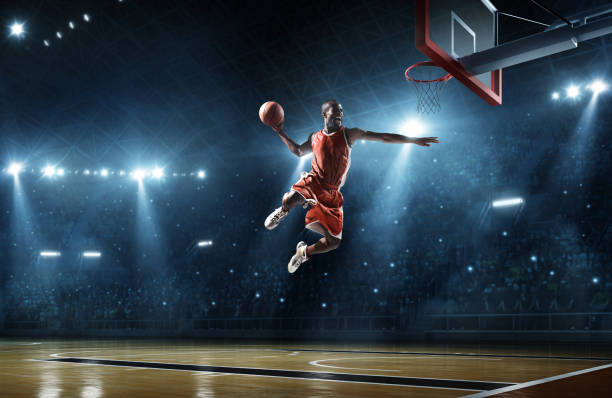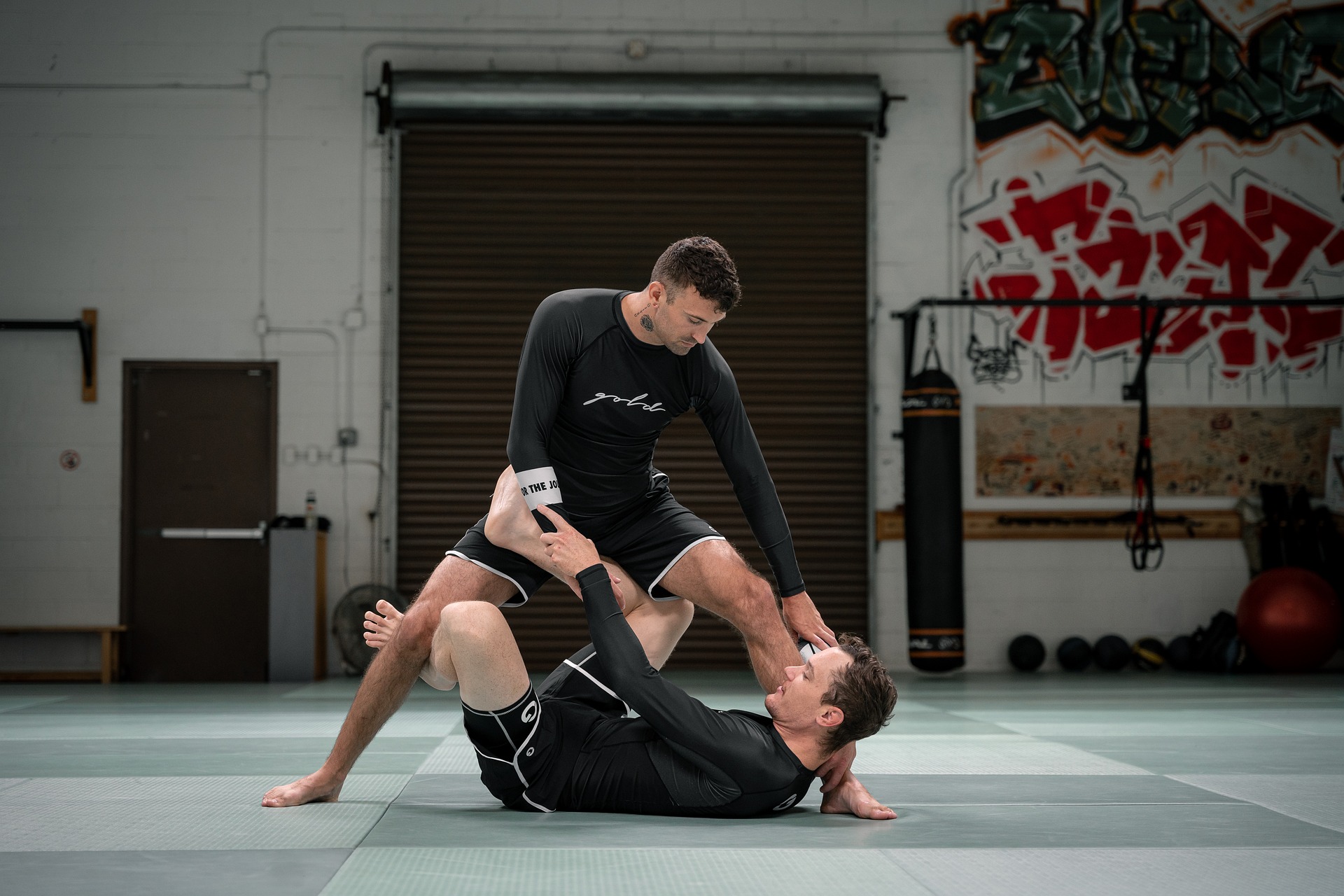Breaking Down the Biomechanics of a Slam Dunk
Slam dunk! These two words electrify basketball fans across the globe. This spectacular, high-flying move is more than just an impressive way to score points—it’s a showcase of athleticism, precision, and power. But what exactly goes into executing this gravity-defying feat? This article delves into the biomechanics behind a slam dunk, providing insights into the science, the training, and the physical requirements necessary for this iconic basketball move.

The Science Behind the Slam
The slam dunk is a complex move that requires a combination of speed, strength, and timing. At the heart of it, it’s a study in biomechanics—the application of mechanical laws to living organisms. The key elements include the approach, the jump, and the dunk itself.
During the approach, the player generates forward momentum. The speed achieved here plays a significant role in the height of the jump. Next, the player jumps off, ideally, with both feet for maximum power. The strength of the player’s legs, particularly the quadriceps and calf muscles, determines the force applied to the ground—and, in turn, the height reached. Finally, the player must control their body in mid-air to complete the dunk, demonstrating agility, coordination, and ball control.
Training for the Dunk
Training for a slam dunk focuses primarily on increasing lower body strength and improving vertical jump. Plyometric exercises, such as box jumps and depth jumps, are particularly useful as they help enhance power and explosiveness— two crucial aspects of a successful dunk.
Additionally, core strength and stability are vital. A strong core allows better control in mid-air and improves overall body coordination. Therefore, exercises like planks, Russian twists, and medicine ball throws are often included in training regimens.
The Physical Requirements
While there’s no strict height requirement to execute a slam dunk, it’s undeniable that taller players tend to have an advantage. They need to generate less force to reach the necessary height. However, shorter players can compensate by developing exceptional jumping ability.
Also, the player must have a good grip on the ball. Larger hand size aids in controlling the ball during the dunk. That said, technique and training can help players with smaller hands succeed too.
The Slam Dunk in Action
The slam dunk is a testament to the amazing things the human body can achieve with training, technique, and a good dose of athleticism. It serves as a reminder that sports are not just about winning but also about pushing the boundaries of human potential.
The Future of Dunking
As sports science continues to evolve, so too will training methods for the slam dunk. New technologies, like motion tracking and virtual reality, are already being used to analyze and improve dunking technique. As we continue to unlock the secrets of human performance, who knows what the future holds for this iconic move? What we can be sure of is that the slam dunk will continue to captivate audiences for generations to come.
In conclusion, the slam dunk is far more than a crowd-pleaser. It’s a blend of art and science, skill and strength, spectacle and strategy. By understanding the biomechanics behind it, we can appreciate the dunk in a whole new light—not just as a means of scoring, but as a testament to athleticism and human potential.






